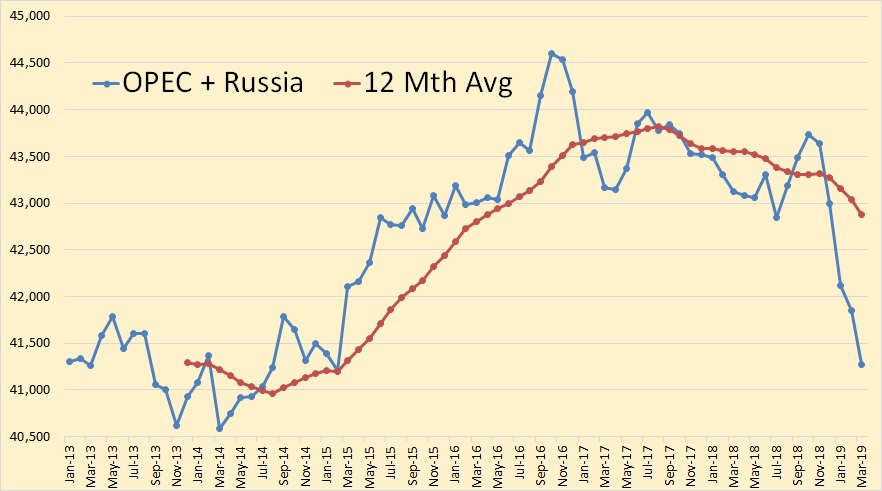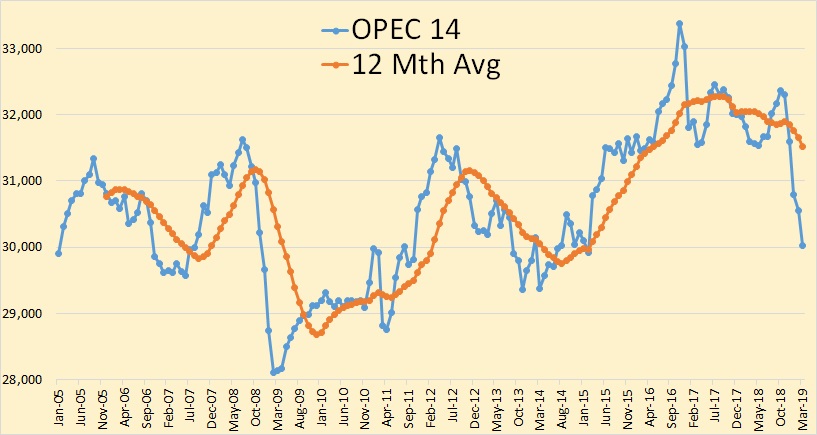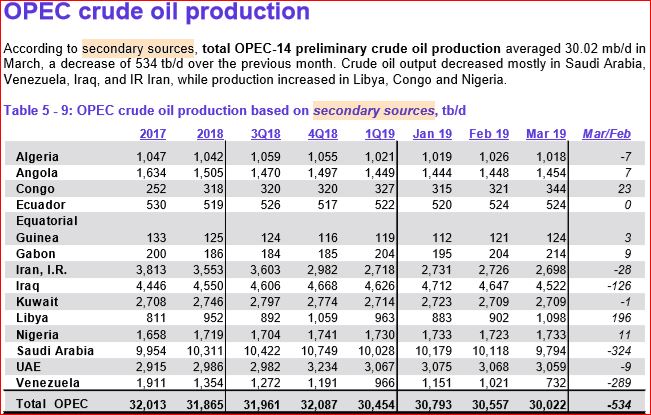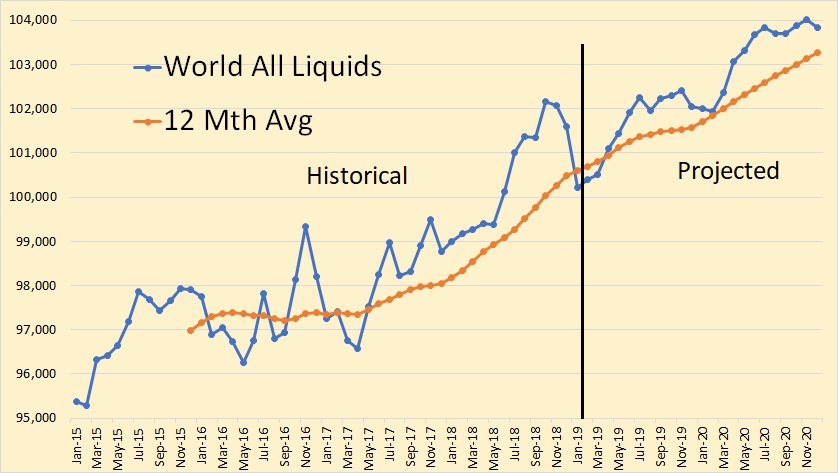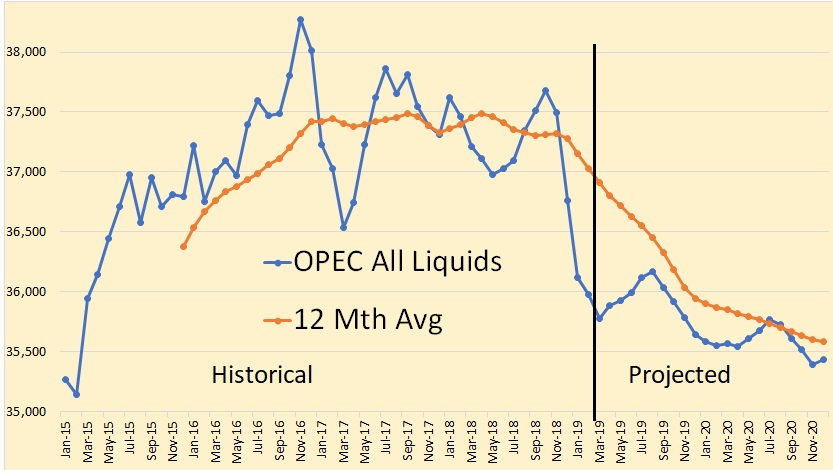Comments not related to oil or gas go in this thread, please.
Sat, 2019-04-06 09:53 — Sheila Newman
I have just learned, regretfully, of the death of Jay Hanson. My first report was that it occurred in a diving accident. Subsequently, it has been clarified that he fell ill after diving, and died that night. Jay Hanson lived in Hawaii. He was the founder of multiple energy resources or peak oil lists from the 1990s, starting with the incredibly popular Dieoff website and DieOff list which looked at peak oil, population numbers, and scarcity. An intermediate list was Killer Ape-Peak Oil. The last list of which we are aware was [America2Point0] which Hanson closed ‘until further notice’ on 20 December 2016. Hanson was teetotal for many years and studied evolutionary psychology. He believed that humans would be ultimately unable to deal with resource scarcity or human induced climate change because they could not cope with major environmental and evolutionary problems involving themselves.
His list gave rise to a number of other lists, such as EnergyResources and ERT, as people formed different views on the energy resources and human survival outlook.
Jay Hanson’s dieoff page can be found in its old and new forms by clicking on the links: http://www.jayhanson.org/oldindex.htm and http://www.dieoff.org/. There is a 2003 interview by Scott Meredith at http://www.oilcrash.com/articles/hansn_02.htm. It was my own participation in the DieOff list and subsequent ones, especially EnergyResources, and then the Australian Running on Empty one (roeoz) that caused me to edit two editions of a multi-scientist authored book called The Final Energy Crisis, Pluto Press, UK, 2005 and 2008. The first edition was initiated and partly edited by Andrew McKillop, and finished by me, Sheila Newman, and the second edition, in 2008, was entirely edited by me, with mostly new articles.
The whole ‘peak oil’ and energy resources debate or story or study is not over by any means. Fracking is a desperate and ruinous sort of pause, which has been used to crank up demand. It seems that we have already entered the oil wars, however most of the public have little ability to understand this, due to the influence of the corporate press and similar on our education systems, which focus less and less on science and history. US-NATO activity in the Middle East, the East and South America – notable threats towards Venezuela – are signs of this.
Jay Hanson was a charismatic internet figure, and it seems odd today that his death is not being widely reported. He was likable, trenchant and a little despotic, with many avid and admiring acolytes and friends.
This article and obituary is a very quick response to the sad news. My condoleances to his family and close friends, and to the movement he began.

Jay Hanson, my internet friend. He was probably more responsible for starting the whole Peak Oil Awareness Movement than any other person. May he rest in peace.
Thanks to Sheila Newman. Without your reporting, Jay’s death would have gone completely unreported.
